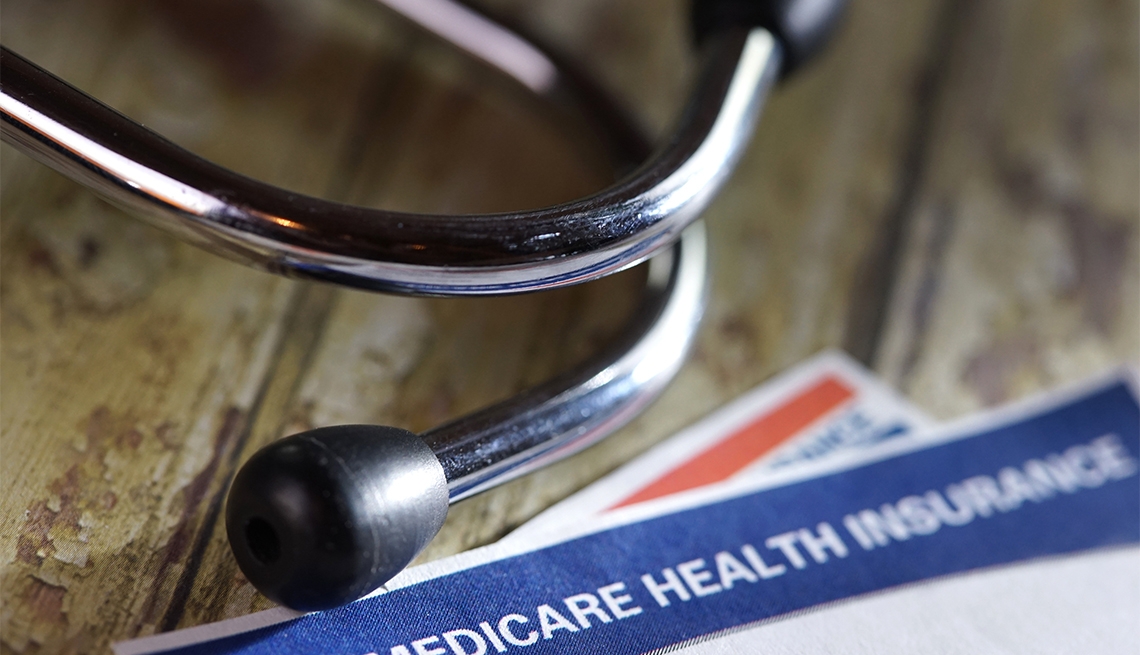
Do i need part d if i don’t take any prescription drugs?
- Select a language for the TTS:
- UK English Female
- UK English Male
- US English Female
- US English Male
- Australian Female
- Australian Male
- Language selected: (auto detect) - EN
Play all audios:

If you’re enrolled in Medicare and you don’t have other drug coverage that’s considered to be at least as good as Part D, called “creditable coverage,” then you need to get a Part D plan.
Creditable coverage is prescription drug coverage from an employer, former employer, Tricare, the Department of Veterans Affairs or another source. If you don’t have this coverage, you may
have to pay a late enrollment penalty if you decide to sign up for Part D later. Medicare calculates the penalty as 1 percent of the national base beneficiary Part D premium for every month
you delayed. The monthly penalty lasts for as long as you have Part D coverage and changes with the national base beneficiary premium every year, which is $34.70 a month in 2024. DO YOU NEED
PART D AS A SAFETY NET? It’s worth considering. You never know when you might develop a medical condition that requires you to take expensive prescription medication; some medicines can
cost thousands of dollars a month. If you don’t have Part D in place, you may have to pay the full price. And worse, you’ll still be accumulating penalties that will be payable when you do
decide to enroll in a Part D plan. That’s because you can sign up for a Part D plan only at certain times, such as when you first enroll in Medicare or lose creditable coverage, or during
the annual open enrollment period from Oct. 15 to Dec. 7, with coverage starting Jan. 1. HOW DO I CHOOSE A PLAN IF I TAKE FEW MEDICATIONS? Whether you’re taking a few medicines or none,
paying monthly premiums for a Part D plan may seem like a waste of money. Instead, consider a compromise. Pick a Part D plan with the lowest premiums in your area. A low premium could be
around $10 a month or less, according to a study of 2024 plans by KFF, formerly the Kaiser Family Foundation. This way you get some protection at the lowest cost and avoid a penalty whether
you have prescriptions or not. But even if you take one pill a day, check the inexpensive plans to make sure your medicine is covered and at what price. A plan with low premiums may not be
the least expensive overall if it has high cost sharing for your medicine. If a doctor prescribes expensive medications during the year, you can switch Part D plans during open enrollment.
You can compare total costs for each plan in your area — including premiums and copayments for your specific medications — by using the Medicare Plan Finder. KEEP IN MIND If you have low
income and assets, you may be eligible for Extra Help. This federal program can help pay Part D premiums, deductibles and cost sharing while allowing you to enroll in a plan without penalty.
If you qualify for Extra Help, you can also switch Part D plans as often as once a quarter. Return to Medicare Q&A main page
